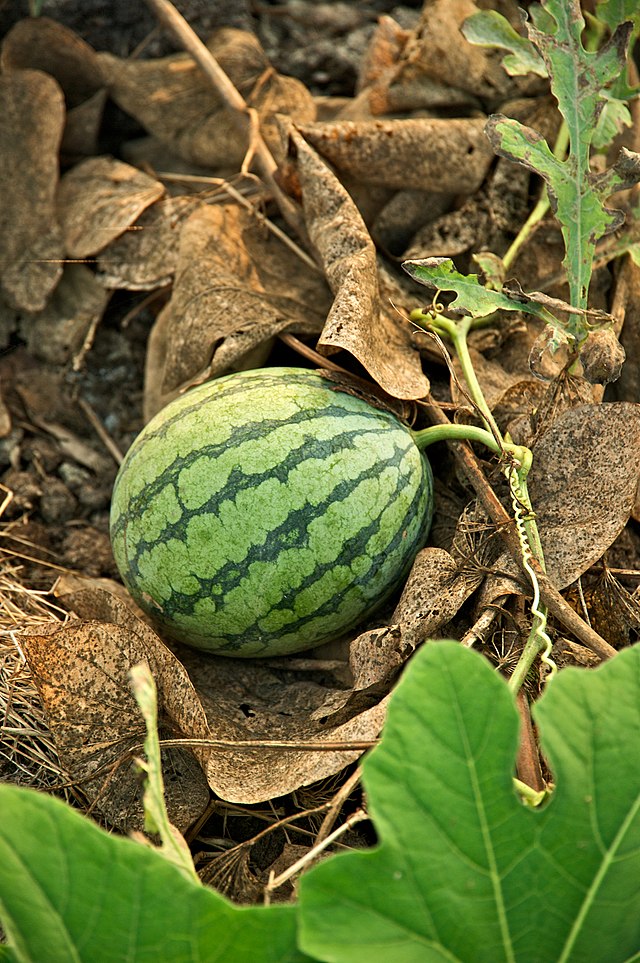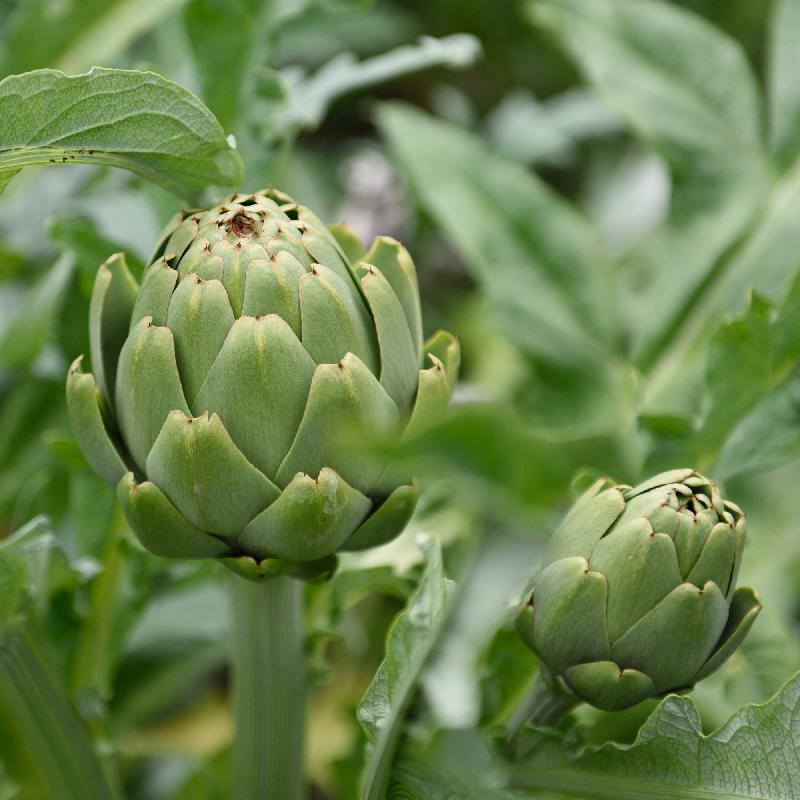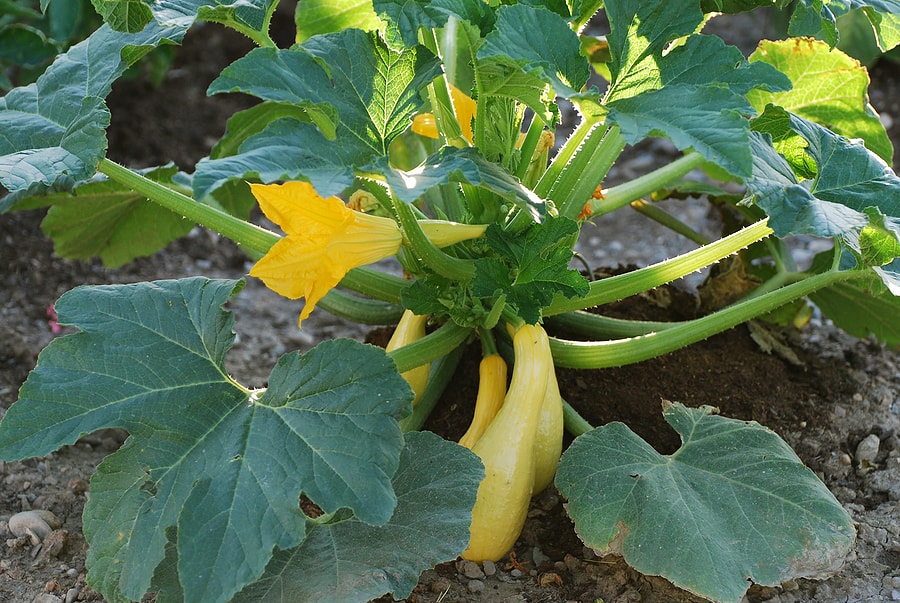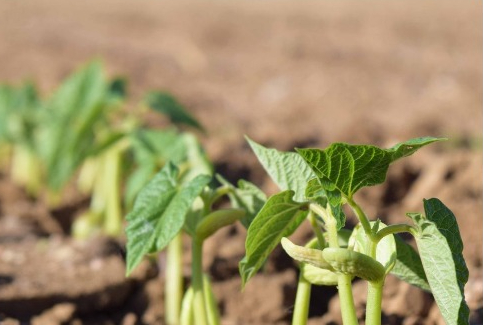Gardeners often spend a lot of time trying to figure out how they’re going to set up their garden and how they’re going to grow in raised beds, in a greenhouse, in containers, or in the ground. And that’s great. But I find it interesting that often we don’t spend nearly enough time figuring out what to grow. Join me today as I share with you 12 crops that maybe you shouldn’t grow in your garden.
I spend a pretty good amount of time figuring out just exactly what plants I’m going to put into my vegetable garden because I want success. I live in a pretty challenging area in a Zone Five B in Colorado and my season is pretty short. And so the plants I put in really make a difference as to whether I’m going to be able to get a harvest or not. If you’re the kind of gardener that wants success in everything, you might have a smaller garden. You might not have the time you might not have the money, and maybe you aren’t willing to put in the effort to grow the plants well. Then the following 12 are some that maybe you should avoid.
It’s those four factors space, time, cost, and difficulty that I use to determine what seeds and plants I’m going to grow in the garden. And I suggest you take those factors in determining what plants you’re going to grow in your garden. And that’s how I identified these 12 plants, the first being corn. Corn is a wonderful plant and many of us would love to have a big crop of corn, but corn is one of those plants that requires that you grow a lot of plants and a lot of plants relatively close together because it’s wind pollinated. You need a block a group of corn plants for them to be pollinated, which means at least 20 plants growing. And if you don’t have the space to grow a lot of corn stars well, then you’re going to be wasting your time. You can’t plant a row of five or six corn stalks and expect to get any type of harvest. And unlike a lot of the other plants we grow in our vegetable garden, think the corn you can find at a farm stand or even in the grocery store in summer which tastes particularly good. I can buy corn at the store ten for a dollar, which means not only am I getting great tasting corn, but I can get that corn cheaper than I can grow it myself.

Watermelons are another crop that you might want to reconsider. Growing a melon vine takes up a lot of space. A bed like this can only handle a couple plants before they sprawl everywhere onto the path, even interfering with other beds. And if you live in an area like mine with a short season, you might not even be able to grow watermelon in the time that you have. It’s another one of those crops that at the store in summer or from a farm stand you can get delicious melon for very little cost. And while I’ve grown some smaller watermelons that are suitable for my climate most of the time, they don’t taste as good as the ones that I can get elsewhere.

A plant that I haven’t grown but really want to is artichoke. But the problem with artichoke is that it falls into all four categories. It takes a lot of space to grow. An artichoke plant for maybe even five feet wide, and it gets quite tall.
While it only produces a couple artichokes, the time involved is pretty extensive. I would have to start the artichoke from seed, grow into the plant, put the plant in the garden, and then hope everything is perfect for the entire season for me to expect to get a harvest. And when I do get to harvest, because there’s just a couple artichokes on each plant, it’s really not cost effective. I can go to the store again and buy artichokes as many as I want without going to all that trouble. And it is some trouble because there are only one or two varieties of artichoke that I would be able to grow in zone Five B because in most areas the artichoke can overwinter and in the second season be much more productive. But most of the artichoke plants that we would choose for our garden can’t handle the cold temperatures that I have.

I recently read of a post that identified Brussel Sprouts as our least favorite vegetable. And that doesn’t surprise me at all. I’m guessing it doesn’t surprise you either. While I’ve had some delicious Brussel Sprouts dishes, I’ve had an awful lot of Brussel Sprouts that I just didn’t enjoy at all and so right off the bat. If you don’t like Brussels Sprouts, then don’t grow them in your garden. But if you do like Brussel Sprouts, you might want to think twice. This is one of those plants that requires some very specific conditions to do best. If you can start them in late summer, grow them through autumn and late winter, you might have some good success with Brussel Sprouts. Many of us don’t have a season like that, and even if you do have the situation where you can grow them. They’re very susceptible to many garden pests and so when it comes to the harvest, you might not be harvesting those beautiful sprouts that you can find at the store. And so I prefer to find them at the store, from those farms that can grow them in the perfect conditions without having to go through all the trouble that I know is ahead.

Cabbage is another one of those plants that can be challenging and can be very susceptible to insect damage and if you want to grow a nice big head of Cabbage, I have to ask you why, if you like corned beef and cabbage at St. Patrick’s Day, well, very few of us live in an area where we can have the Cabbage ready to harvest that early in the year. If you want Cabbage to make sauerkraut like I do, well you can make sauerkraut any time of year. So I wait until the cabbage goes on sale for St. Patrick’s Day and that’s when I make my sauerkraut for the entire year. If you like Cabbage throughout the year, well, it’s not that expensive, and with the time and effort and pest control that you have to be concerned with, think this is another one of those that is best bought in the store rather than trying to grow it ourselves.

Squash is one of those plants that I do recommend you try growing in your garden. The problem is that many of us grow too many plants. There’s really no reason for you to have more than one, maybe two zucchini plants. It’s going to give you all the zucchini you want and more. Squash can take up a lot of space in a single garden bed. It can easily overrun the bed. It can be grown on a trellis, but when you put a trellis in place that often adds to the cost of growing the squash. Every year I grow butternut squash, yellow squash, zucchini, sometimes a few others. But I’ve got the space for it and in all of my years I really haven’t been able to discern much difference in the taste from what I grow to what I can get at the supermarket. So I suggest growing it just a few plants and for the most part, the squash that you want through the rest of the year when you’re not harvesting use the supermarket is the best option.

The crop that I probably get the most questions about from gardeners who have tried it and just not been able to grow it., it’s sweet potatoes. Sweet potatoes can be challenging. It’s another one of those plants that requires a long season with some very specific weather, and it’s more than just taking a seed and putting the seed in the ground. There are many steps involved. You have to do your research, you have to find the right kind of sweet potatoes to grow, and you have to hope that everything goes right. I don’t grow sweet potatoes in my garden because it’s just too much of a challenge and my climate just doesn’t support the success with sweet potatoes. I put this in the category of plants to try someday when I want to push the limits of gardening. But for most gardens, the space can definitely be used for growing something that’s easier to grow and that you’ll have better success with.

Another plant that poses some challenges and begs the question “Why do you want to grow it?” is Celery. How much Celery are you really using in your diet? Most of us I suspect, eat Celery on a fairly regular basis, but it isn’t the kind of thing that we want a big crop of celery all at once. I can buy Celery at the supermarket relatively inexpensively, and it’s going to last quite a while for the effort to make sure that the soil is right, that I keep it evenly moist and add a lot of water during the growing season to finally get to the point of harvest. Well, celery just isn’t worth it for me. It is a nice plan to grow a couple of just to see if you can do it. But as far as choosing a plant that you’re going to eat a lot of and that’s worth the effort. I just don’t think celery stacks up.

I think a crop that if you try it you’re very likely to give up on it is cauliflower. Of the gardeners I know, at least in my region, cauliflower is one of those plants that most of us have tried. We’ve had marginal success and then we give up and never grow it again because you can find those big, beautiful white heads of cauliflower at the store and what we grow in the garden rarely looks that way. Now if you figure it out and you can grow the cauliflower that looks good enough for you to eat, it is a great plant to grow. I love making fermented cauliflower. It just takes that little bit extra effort and things have to turn out just right and the bugs really like it for me. I’ll buy the cauliflower, ferment it that way, and use the space for another plant that will do much better.

There are some crops that many of us grow and have pretty good success with and they grow in many different regions. But if you’re growing these crops with the intent to feed your family and save money, they might not be the best choice. The first being russet potatoes. Now last year I grew four different varieties of potatoes, and if you’re growing fingering potatoes or specialty potatoes, those are the kind of things that you can grow and save some money because they often charge a premium for those specialty potatoes at the store. But when it comes to the basic russet potato, you really can’t compete with the big growers. You can buy a big bag of russet potatoes for very little cost and they’ll store for a long time. So if you can time your purchases to take advantage of sales, there’s just no way you can grow those same quantities of potatoes in your garden. Go ahead and get them at the store.

Another crop to reconsider that many of us are trying to grow is carrots. I get a lot of questions from gardeners who are trying to grow carrots and just don’t have success with it. They can be challenging. They can often have very low germination rates. And unless your soil is perfect, you’re not going to get that long orange carrot. They’re better suited to go to the supermarket and buy those carrots that you’re expecting. If you like specialty carrots like I do the purple carrots. I can’t find those very often at the store and I love growing those. It does make sense, but for the low cost at the grocery store and the difficulty in growing them, you might not want to add orange carrots to your garden plan this year.

This crop might surprise you when I suggest that you don’t grow it and that’s beans. I think growing beans in the garden is a great idea. They can be very easy to grow, they can be very productive, and the varieties that you can choose can be quite delicious. The beans I’m talking about are the dried beans, the beans that you’re going to have in your garden that will take pretty much the entire season to grow. And then you have to leave the pods on the plants to dry. Well, that might not be as good a thing to grow. A pinto bean will save for a long time, but the space in your garden that you’re going to devote to grow pinto beans and the number of beans that you can grow to actually feed your family for a prolonged period of time. It just doesn’t make sense when you compare the cost that you can buy a bag of pinto beans at the store, so grow beans to eat fresh. But maybe reconsider growing the beans that you’re going to dry with the intent of long-term storage.

There is no doubt that I’m going to have gardeners disagreeing with my choice of these dozen plants, and that’s okay because these are all vegetable garden plants that are grown by many gardeners in many regions. But if your garden is limited by space, time, cost and difficulty, these are 12 that you might want to reconsider. They are plants that are grown so much we often think we should be growing them and all I’m suggesting is maybe you shouldn’t be growing them. Enjoy gardening.


I understand the recommendation against sweet corn but do grow popcorn. I get a better result than with sweet corn and it is very easy to preserve and enjoy all year long.
Thank you, i agree. That would be a better choice.